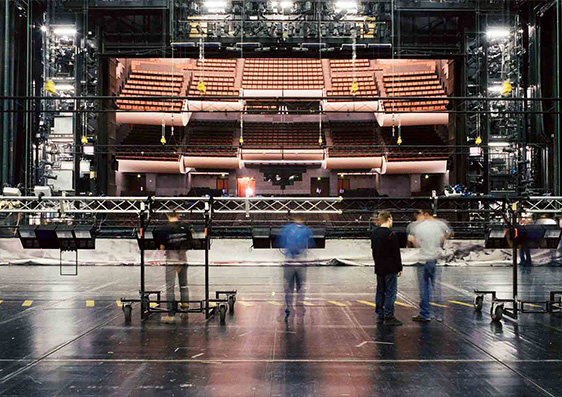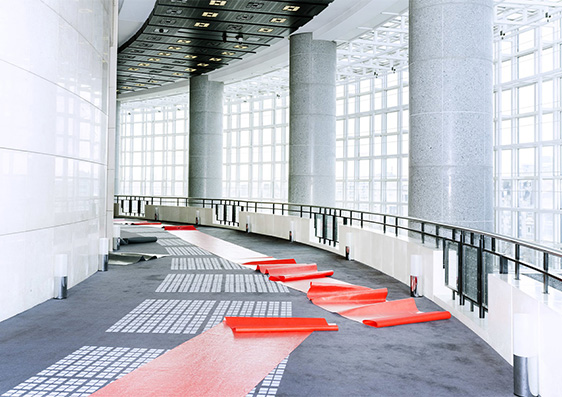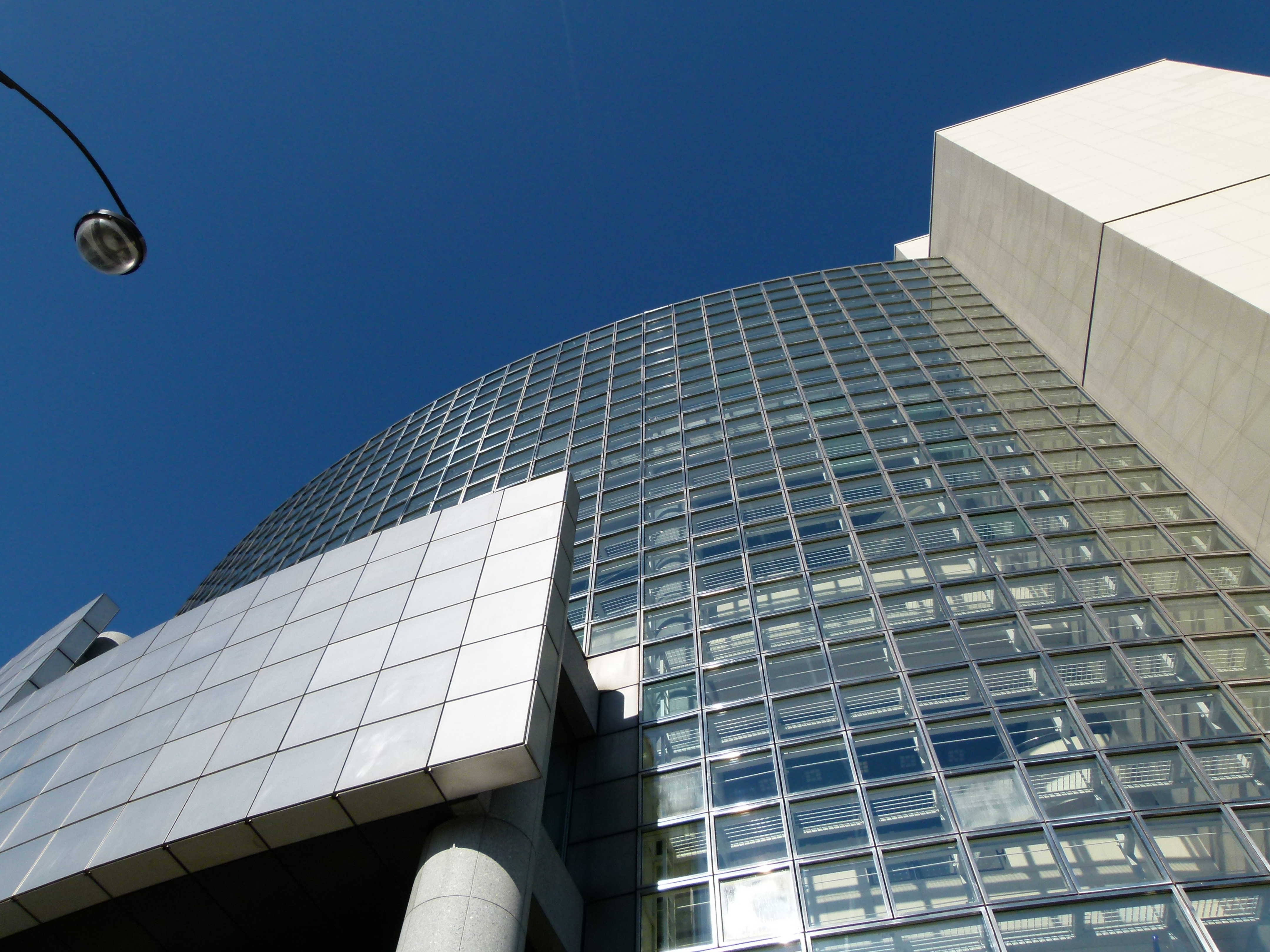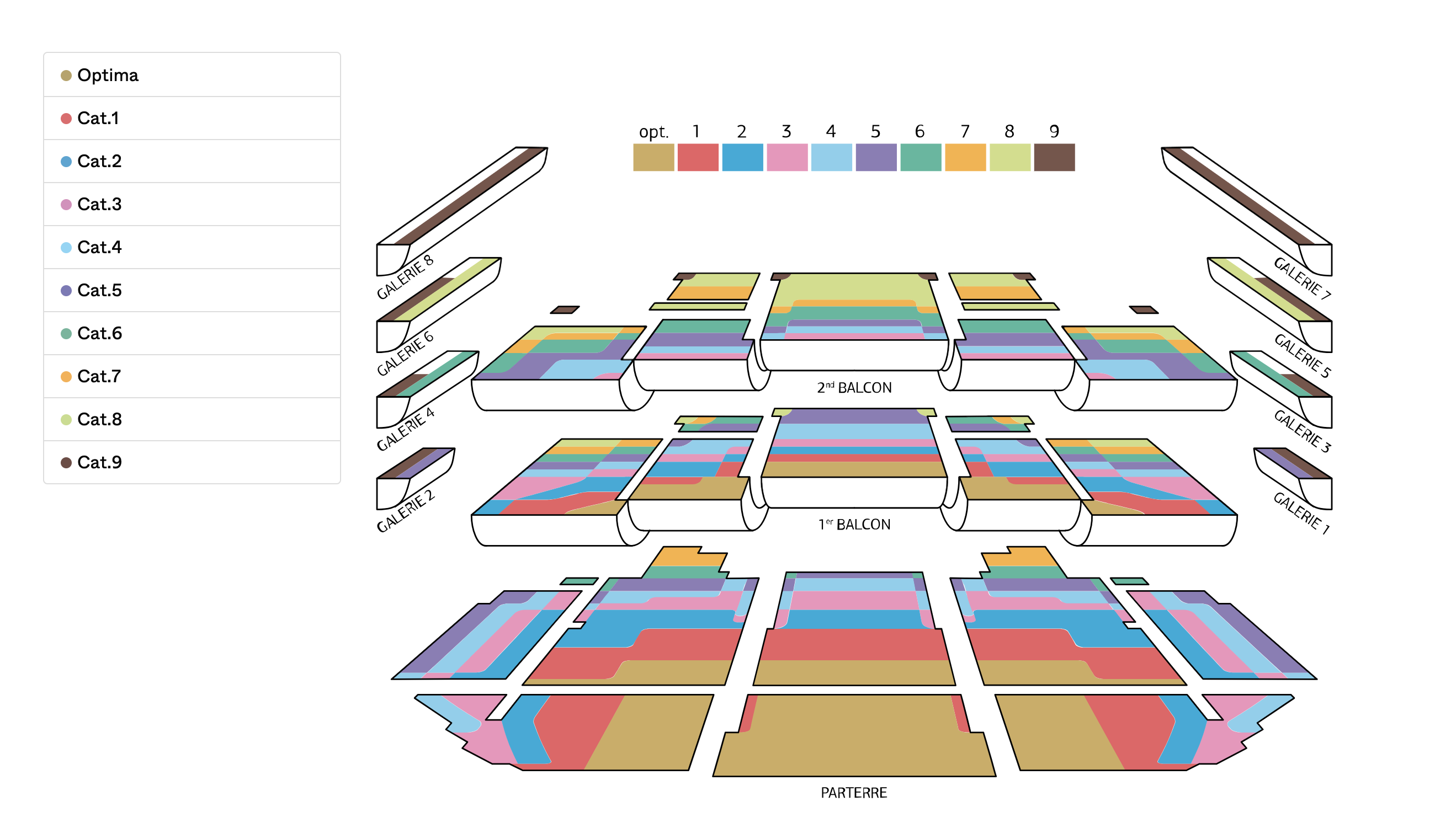The Queen of Spades
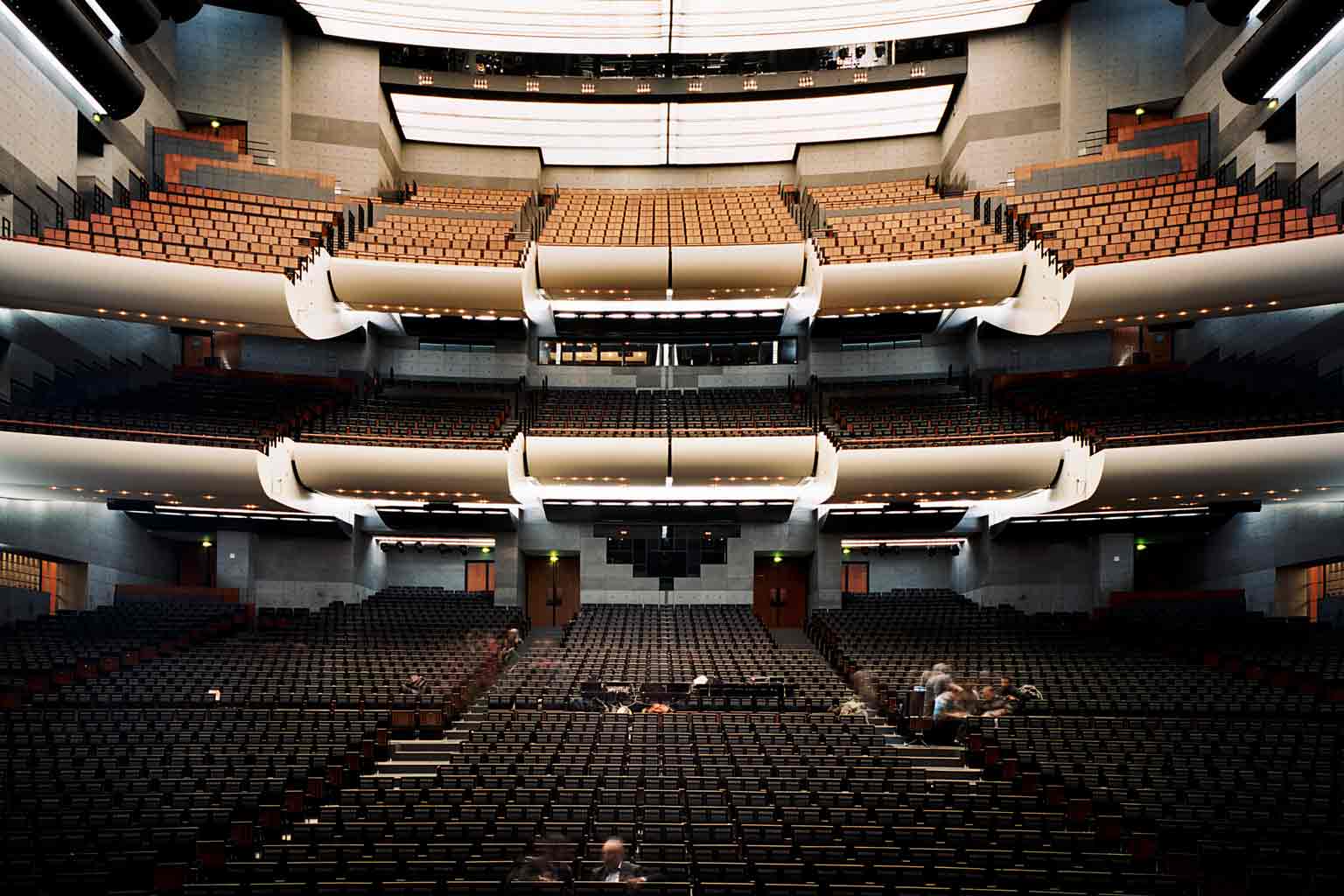
Location
Place de la Bastille, 75012 Paris
Capacity 2700 seats
Duration
3 hours 25 minutes
With intermissions
Details
Opera
Recommended for all ages
In Russian with French and English surtitles
Highlights: The Queen of Spades
Story: The Queen of Spades
Add-Ons & Special Experiences
Reviews
Opéra Bastille
History and Fun Facts about the Opéra Bastille
Designed by Uruguayan architect Carlos Ott, the building was commissioned by French President François Mitterrand and inaugurated in 1989. For years, many had lamented the lack of a modern venue in Paris capable of welcoming modern concerts and performances with different acoustic approaches, and the flexibility that a modulable venue lends. A movement started in the 1960s called for a larger new venue in Paris that would appeal to the masses, a modern compliment to the elaborate Palais Garnier. Just over 100 years after the inauguration of the Palais Garnier, the demands finally won over the newly-elected President Mitterrand, who supported the project as the headliner among many modern works launched during his term. Selecting the popular Bastille neighbourhood for its ease of accessibility from Paris and the surrounding areas, the old Bastille Train Station was destroyed to make way for the construction of the new venue. The building was completed just in time for the bicentenary of the French Revolution.
The venue has undergone many changes in direction resulting from varying political affiliations, and has undergone major renovations since its construction to repair and to soundproof the entire structure. Unlike other auditorium designs, each and every seat at the Opéra Bastille guarantees an unrestricted view of the stage. With its white glass ceiling, crisp gray compliments, and black seating adorned with rich oak, the venue is an ode to modernity and simplistic design. From the exterior, made of blue granite from Brittany and blocks of glass, light is reflected from every corner of this angular venue.
Fast facts
Capacity: 2,745
Handicap Accessible: Yes – in order to guarantee access to specific locations, we ask that you make your reservation at least 15 days before the performance.
Air conditioning: Yes
Heating: Yes
Coat Check: Yes (free service)
FAQ
How do I get to the Opéra Bastille?
The Opéra Bastille is accessible by the metro station Bastille (Lines 1, 5, and 8). Our hotline can be reached in case of difficulty finding the theatre weekdays from 10 am to 7pm Paris time. For details, we invite you to consult the map above.
What do I do when I get to the venue?
Is there a coat check available?
Can I take photos of the performance?
Is it a show for travellers or French people?
Is there a dress code?
Is tipping customary?
Tips are not mandatory in Parisian theatres. However, ushers will usually expect a small tip of between 2€ and 5€, which you can give them when they've shown you to your seat. Fun fact: the French word for “tip” is “pourboire,” which literally translates to “to have a drink.”



